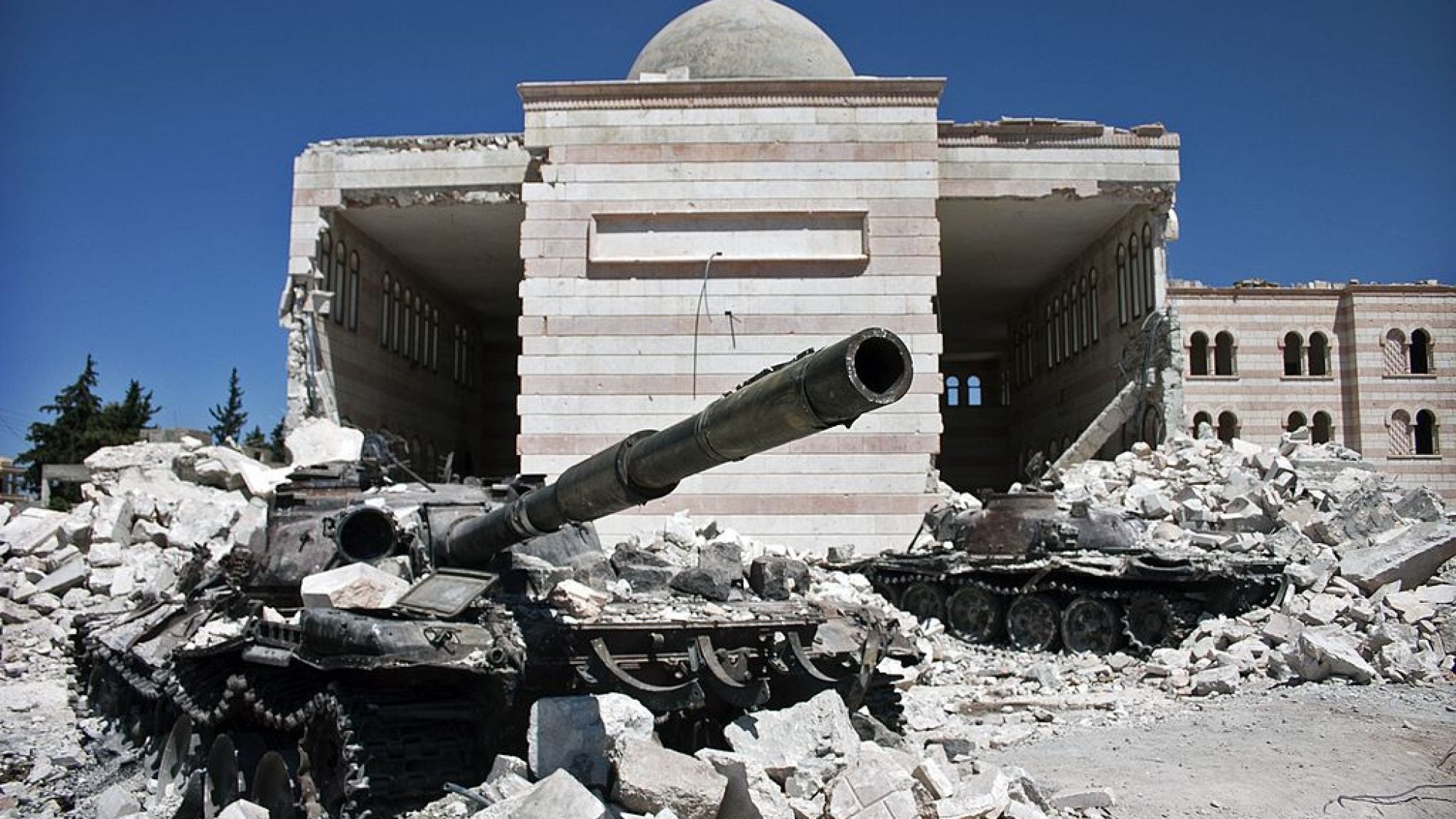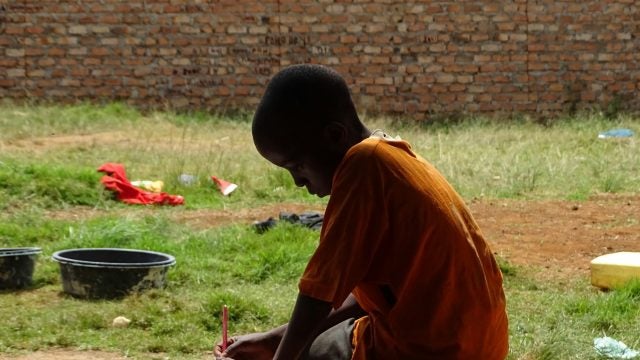
Title: The Religious Component of the Syrian Conflict: More than Perception
According to a recent Washington Post article about Egypt’s decision to cut off diplomatic relations with Syria, President Morsi’s actions and call for Hezbollah to leave Syria “point to the increasing perception of the Syrian conflict as sectarian.” The role of religion in the conflict is being underplayed by journalists and analysts.
The sectarian divide in Syria is neither a perception nor a secondary point of analysis. It is a reality that is central to the roots of the conflict as well as to why it is being fought and how it will be resolved.
This conflict did not begin as a strictly religious conflict. It began much as the uprisings in other Arab countries throughout the Arab Spring: average citizens of all walks of life going to the street to claim the freedoms that had long been denied them by a dictator with a tight grip on power.
But it is unquestionably religious now, as we see from the definition of religious conflict put forward by noted scholar of religion Monica Duffy Toft. She defines civil war as large-scale violence with two sets of organized combatants within the borders of a state, with an average of at least 1,000 deaths per year. She then defines religious civil war as civil war in which combatants identify with different faith traditions or are of the same faith but contest the role of their religion vis-à-vis society and the state. Syria falls squarely in the latter definition.
Because both President Bashar al-Assad and his father before him gave special priority, power, and benefit to Syria’s small Alawite minority while excluding the Sunni majority from resources and power, the nature of the country’s problems—and thus now the war—is infused with religion. It is true that oppositionists went to the street out of political, not theological, differences, but the fact that the political imbalance was drawn along religious lines put these religious identities at the heart of the fight.
Likewise, the current prosecution of the war—particularly among many proxies and funders—is also breaking along religious lines. Shiite-led Iran is funding Assad’s brutal campaign, and Hezbollah is fighting against the Sunni oppositionists. Egyptian President Morsi’s severing of diplomatic ties and opposition to Hezbollah’s role was done at the behest of a strong group of Sunni clerics. Likewise, Sunni-led Saudi Arabia and Qatar are funding various Sunni opposition groups. The head of al-Qaeda’s Iraqi presence, a group adamantly fighting against the Shiite-led government in Baghdad, is strongly supporting various elements of the Syrian Sunni opposition. While there are non-religious funders and backers, notably Russia and to a lesser extent the United States, one cannot overlook the strong religious interests of the others.
The fact that religion is central to the roots and prosecution of the war is not a novel social science observation. It indicates that the conflict will likely be longer than expected and the resolution more difficult, based on the scholarship about religious and non-religious civil wars provided by Duffy Toft:
- Religious civil wars last an average of 105 months. Non-religious civil wars last an average of 81 months.
- Religious civil wars are twice as likely to recur: 26 percent of the time compared to the 12 percent reoccurrence rate of non-religious wars.
- Religious civil wars are twice as deadly to noncombatants as civil wars in which religion is peripheral. The former averages 31,000 deaths per year, while the latter averages 14,000.
Those working to resolve this conflict will have to consider not only the difficult past and how to rebuild a post-war society, but also the wider implications of the involvement of internal and external groups as well as states that have a religious interest in the future of Syria. The stakes are significantly higher now. This is no longer solely a political power battle; for many, this has now taken on a higher religious meaning. As the international community continues to weigh the costs of various intervention options, it must consider not only today’s concerns, but rather the impact of a protracted, multi-stakeholder, religious-infused conflict that could have far greater and long-reaching costs: human, financial, and systemic.
While Syria is a central geopolitical challenge, the lessons learned extend far beyond this conflict.
If statistics show us that religious-infused conflicts are deadlier, longer, and reoccur more often, then the international community must pay special attention to areas where religious conflict is likely. Conflicts take on a religious component when injustices are perpetrated along religious lines—as is the case in Syria—and/or where religious persecution pushes religious believers to use violence to oppose such persecution. Religious persecution is therefore central to the international community’s efforts to predict and ultimately prevent conflict. The active promotion of religious freedom will be pivotal to averting deadly religious conflict.
In the long run, promoting religious freedom today could save the international community significant costs, and more importantly, a lot of lives.
Image Credit: Christiaan Triebert, CC BY 2.0 <https://creativecommons.org/licenses/by/2.0>, via Wikimedia Commons
This is an archived article. While every effort is made to conserve hyperlinks and information, GJIA’s archived content sources online content between 2011 – 2019 which may no longer be accessible or correct.
More News

The 1997 hijab ban in Türkiye left lasting effects on Muslim women’s psychological, social, and religious identities, shaping their experiences across academia, bureaucracy, and politics. Evidence from interviews…

This article advances the idea that teaching children their mother tongues and learning adjacent national languages offers better prospects for consolidating nation-building and contributing to cultural preservation. Kenya’s case illustrates…

Despite the non-political positioning of its organizing body, the European Broadcasting Union, the Eurovision Song Contest plays an important role in shaping how the public imagines and understands ideas of…